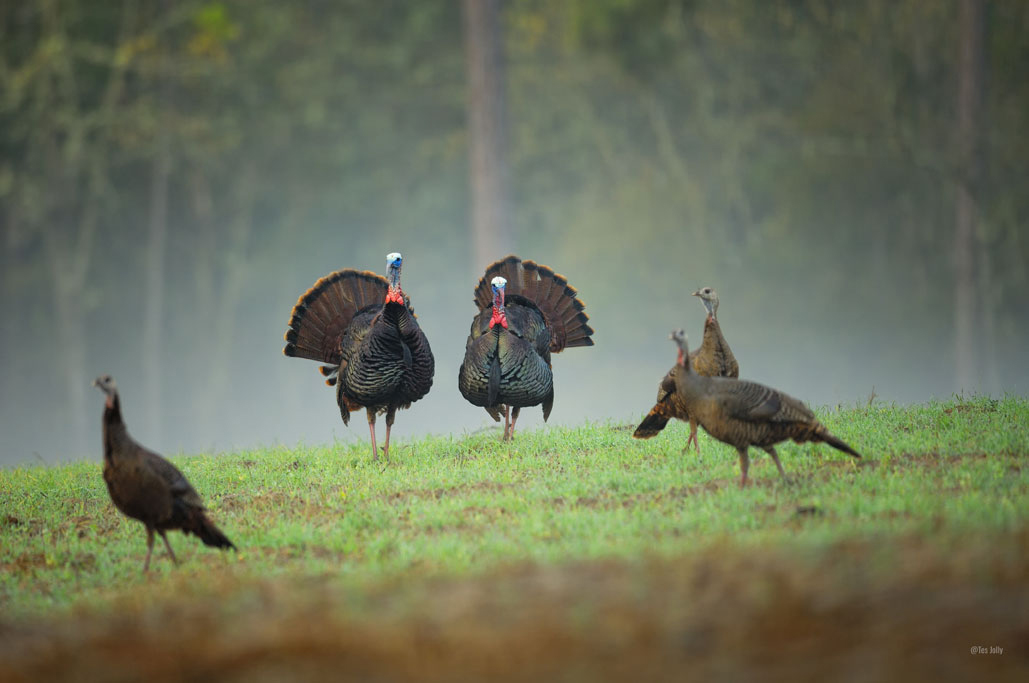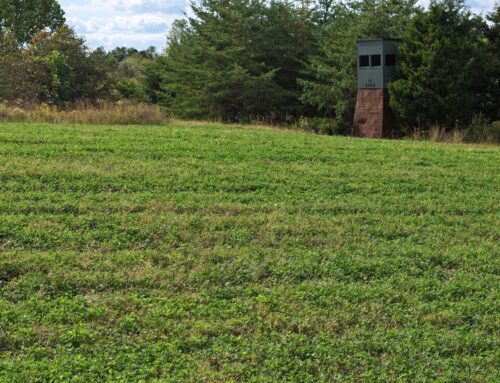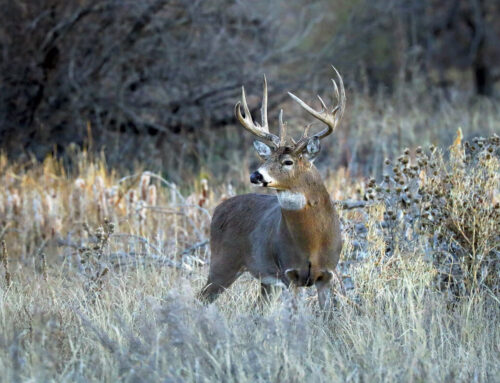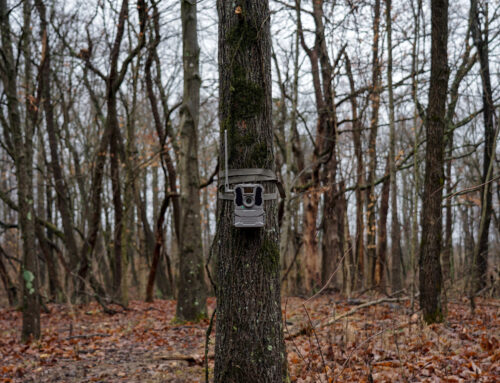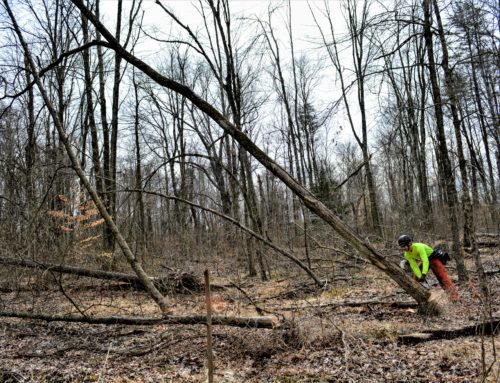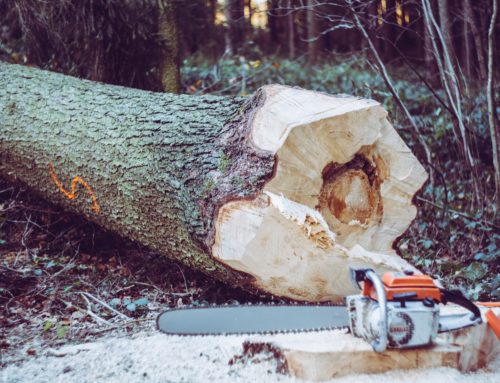Ways to Improve Eastern Wild Turkey Habitat on Your Property
If you’re hoping to increase the eastern wild turkey population on your property, enhance habitat quality, and create a balanced ecosystem which benefits other wildlife species as well, you’re in the right place. Whether you have a few acres or a few hundred acres, these strategies will help you work towards achieving your wildlife habitat management goals.
Understanding Your Goals
Before we dive into specific actions, let’s break down your main goals:
- Increase the turkey population and diversity on your property.
- Enhance habitat quality to support year-round turkey activity.
- Improve nesting and brood-rearing areas to boost turkey reproduction.
- Create a balanced ecosystem that benefits other wildlife species.
Recommended Ways to Improve Turkey Habitat
Assess Your Current Habitat
Start by evaluating the existing habitat on your property. Identify areas that are already beneficial for turkeys and those that need improvement. Also consider neighboring habitat areas. Look for:
- Roosting Sites: Mature trees where turkeys can roost.
- Feeding Areas: Open areas with a mix of grasses, forbs, and crops.
- Nesting Sites: Dense cover with low vegetation.
Properties which include each of these areas/sites will provide the best quality of habitat. Consider managing for or creating habitat areas you’re currently missing.
Create Diverse Plant Communities
A diverse plant community provides turkeys with various food sources and cover. Here’s how to enhance plant diversity:
- Plant Native Grasses and Forbs: These provide excellent foraging opportunities and cover.
- Manage Forest Habitat: Implement sustainable forestry practices such as selective harvests, stand thinning, and controlled burns to promote regeneration and create temporary openings/early successional areas.
- Establish Food Plots: Plant crops like corn, soybeans, and clover to attract and sustain turkeys. Ideal size is half an acre to two acres. Consider connecting several small plots by creating/managing travel corridors.
Enhance Nesting and Brood-Rearing Areas
Nesting and brood-rearing areas are critical for turkey reproduction. Improve these areas by:
- Creating Brush Piles: These provide cover and protection for nesting hens.
- Maintaining Early Successional Habitats: Periodically mow or burn fields to prevent them from becoming too dense. Avoid mowing/burning during times when nests and poults may be present.
- Feathering Forest Edges: Edge feathering is the practice of selectively felling trees into openings or along field edges and promoting thick, brushy vegetation to create a habitat transition area.
- Controlling Predators: Consider manage predator populations to protect nests and poults. Be sure to check and follow your local hunting and trapping regulations.
Provide Year-Round Food Sources
Turkeys need a variety of foods throughout the year. Ensure they have access to:
- Hard Mast: Native trees and shrubs, such as oaks and hickories, which produce acorns and nuts that turkeys eat in the fall and winter.
- Soft Mast: Fruits from native trees and shrubs, such as raspberries and persimmons, are essential in the summer and early fall.
- Insects: Maintain grassy areas and forest edges where insects thrive. This is especially important for young poults.
Promote a Balanced Ecosystem (In General)
While focusing on turkeys, remember that a healthy ecosystem, consisting of a variety of habitat types, supports the most wildlife diversity. Manage your property to benefit a variety of wildlife species by:
- Practicing Sustainable Forestry: Conduct harvests and selective thinnings. Promote hardwood regeneration, especially of oak-hickory species. Utilize the services of a professional forester to assess your forestland and provide valuable recommendations.
- Encouraging Pollinator Habitats: Plant a mix of native forbs and native grasses. Maintain with regular prescribed burns and/or by mowing.
- Creating Early Successional Habitat: Young vegetative areas serve as nesting and brood-rearing areas and provide protective cover. They also hold many insects which are a primary source of food for turkey.
- Controlling Invasive Plant Species: Invasive plants degrade native habitats and limit growth productivity and regeneration of native plants. Control via herbicide treatments, mechanical removal, and/or prescribed burning.
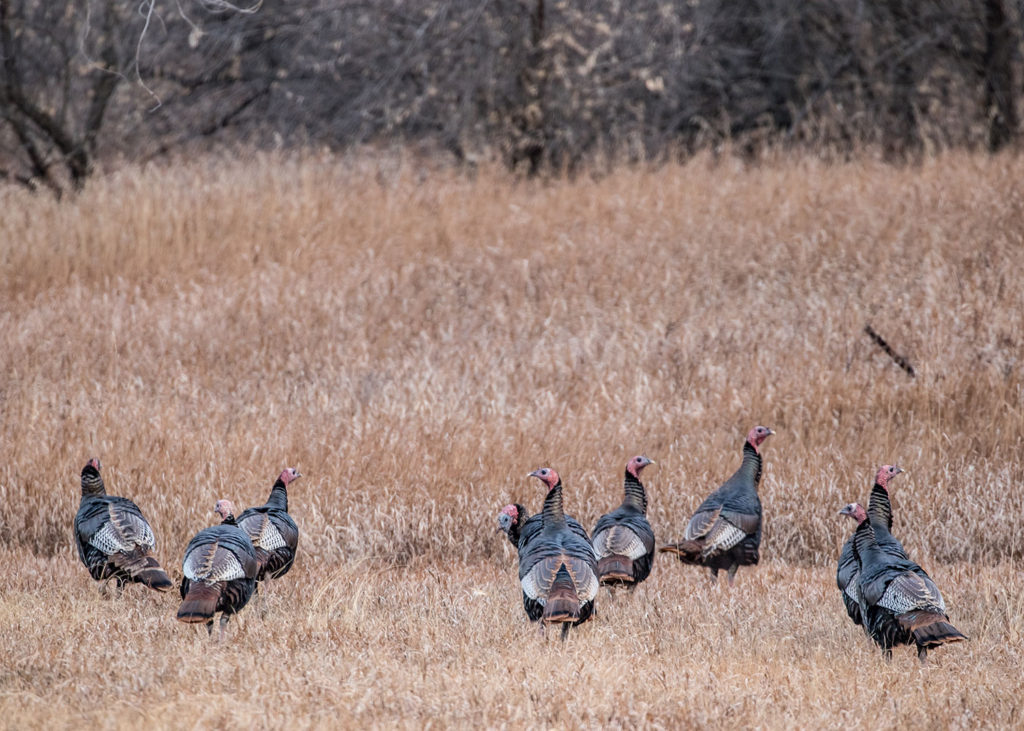
Summary of Recommended Management Practices
The following habitat management practices are recommended to improve eastern wild turkey habitat. We recommend further researching these practices and/or consulting with a forestry or wildlife professional about implementing these practices:
- Timber Harvesting
- Invasive Plant Species Control
- Forest Stand Thinning/Timber Stand Improvement (TSI)
- Prescribed Burning
- Planting native forbs and warm-season grasses
- Establishing Wildlife Food Plots
- Edge Feathering
Note: Wildlife habitat management strategies do not vary much from one wildlife species to another in Eastern hardwood forests. You likely will in advertently benefit several other wildlife species by managing for a single target species, such as wild turkey. To learn more about some of these specific management strategies, you may benefit by also consulting our article, “White-tailed Deer Habitat Management Strategies“.
Conclusion
By managing your property with these strategies in mind, you can significantly improve wild turkey habitat as well as increase your chances of a successful harvest season. Managing for turkey habitat also promotes a healthy ecosystem which supports and benefits a variety of other wildlife species as well. Consider working with consulting foresters and wildlife biologists to develop a management plan specific to your property. Remember: successful wildlife habitat management takes time and commitment, and seeing the rewards may take time, but the long-term results are worth it.
Additional Information: Wildlife Management Fact Sheet: Eastern Wild Turkey

